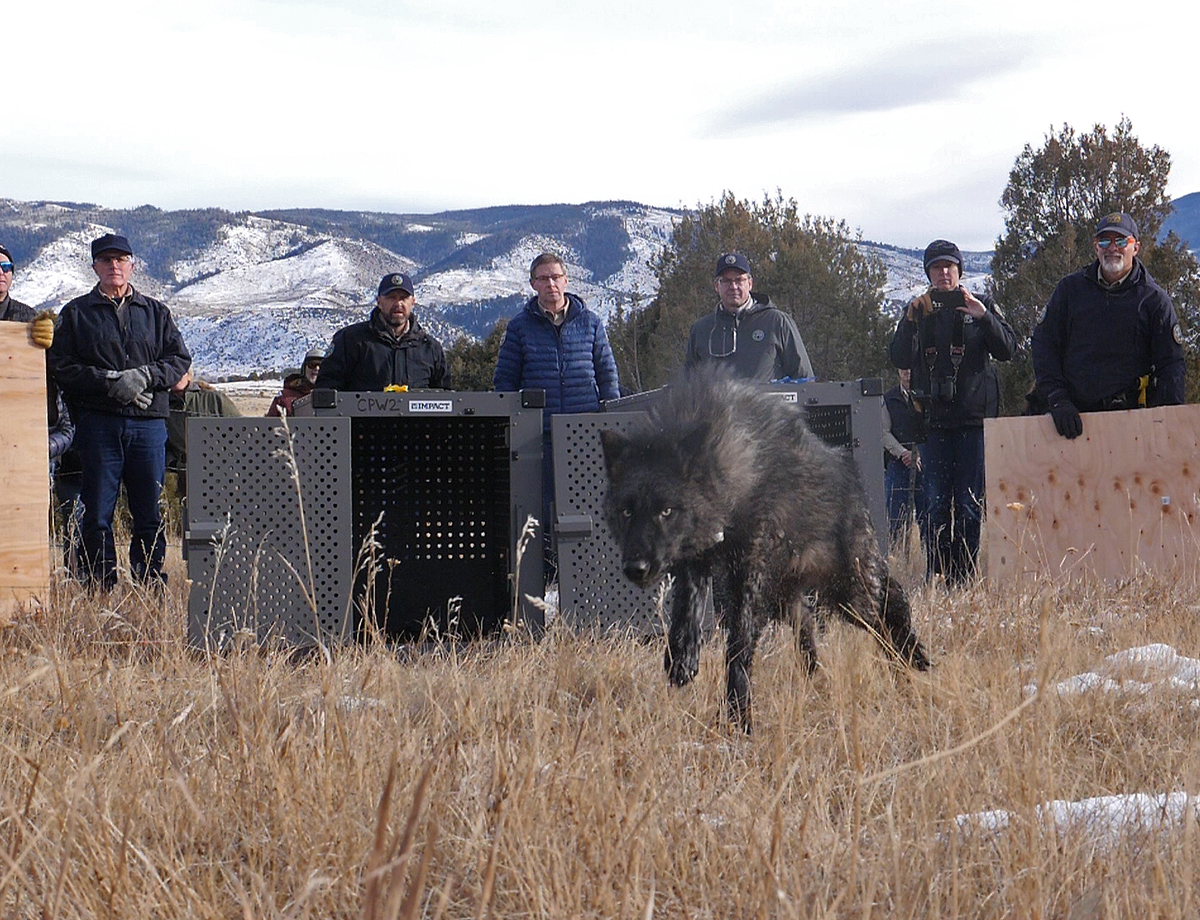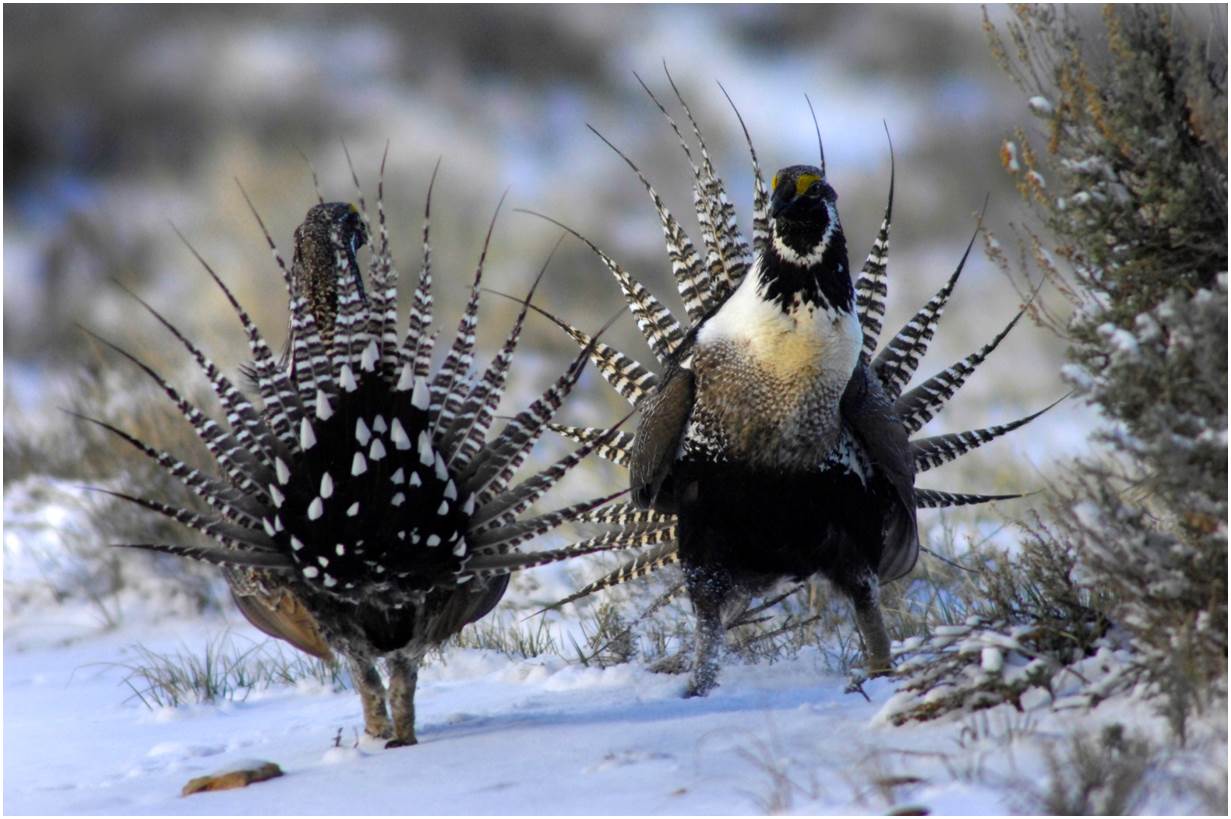This week Hal tells us about Castor & Pollux, the Gemini Twins.
If you been around the Sun enough times to reach middle age, you may well remember the Gemini space program. Following the one-man missions of the Mercury program, and before the three-man missions to the moon in the Apollo program, there was the Gemini program, launching two astronauts into orbit to test rendezvous and other vital components needed for a moon landing. But did you ever wonder why they named the program Gemini?
The answer is in the Southern Colorado and Northern New Mexico evening sky right now.
The constellation Gemini soars in the Northeast sky this time of year. It is made up of two figures, the twins. And since the Gemini spacecraft carried two astronauts, NASA decided to name those flights after that constellation.
The two brightest stars in Gemini, Castor and Pollux, represent the heads of each stick figure twin, and are two of the brighter stars in the sky. They are named after twin brothers in Greek mythology. But if they are twins, they are certainly not identical.
Pollux is an orange giant star that has used up nearly all its hydrogen fuel. Very soon, astronomically speaking, which could mean a few millennia or so, Pollux will blastoff an outer shell of material and turn into a lovely nebula of expanding gas.
Castor, on the other hand, will do no such thing. That’s because Castor isn’t a star. When you see the single point of light we call Castor, you’re actually seeing the combined light of six stars, all tied to each other by gravity. It’s actually three sets of binary stars, all rotating around each other, in a complicated dance controlled by gravity. Pollux translates as “very sweet,” so you can see how it could be a person’s name, but Castor translates at “beaver,” so we’re not real sure how a rodent ended up in our skies.
If you’d like to take a closer look at Castor, Pollux, or any of the other wonderful and amazing things in the sky, please visit KRCC.org or CSASTRO.org for a link to information on our monthly meetings and our free public star parties!
This is Hal Bidlack for the Colorado Springs Astronomical Society, telling you to keep looking up, Southern Colorado!








